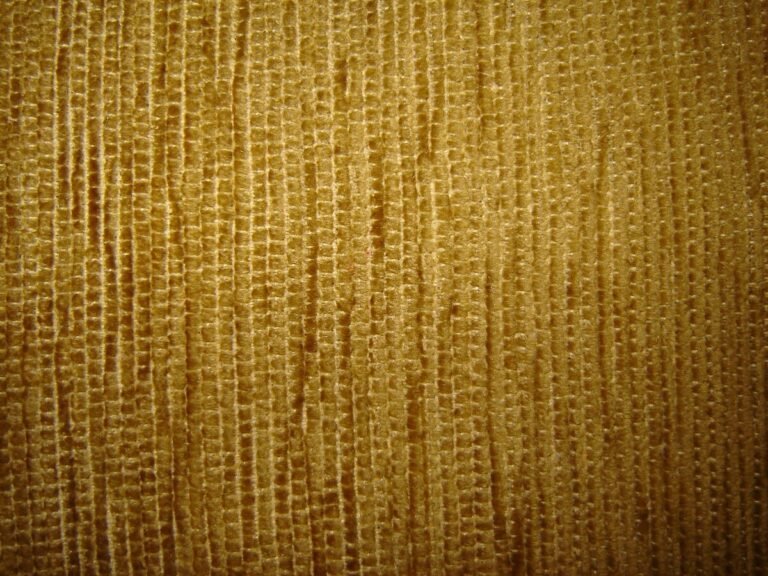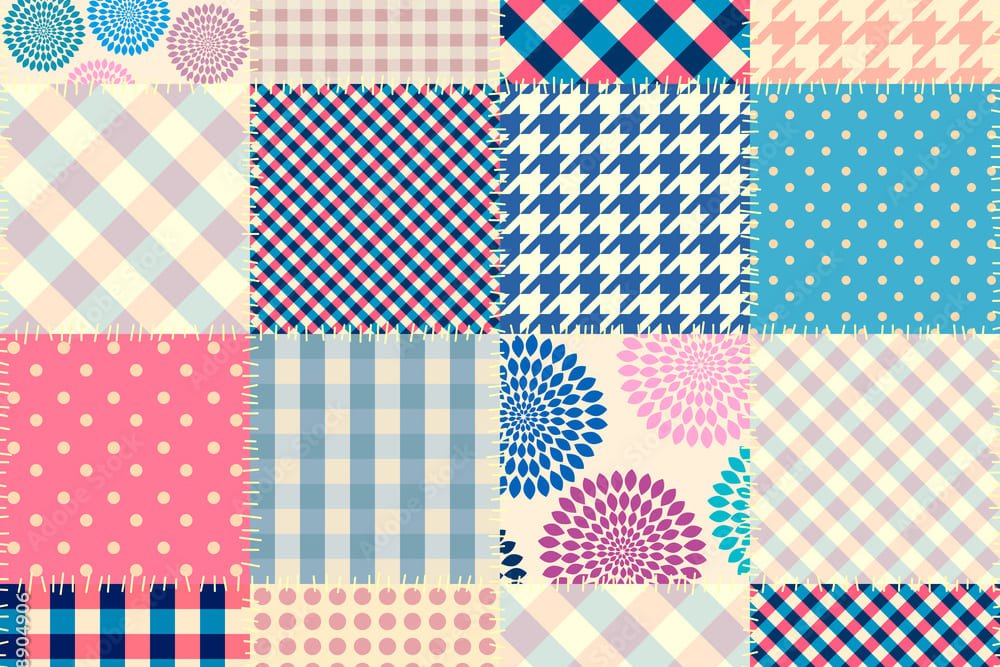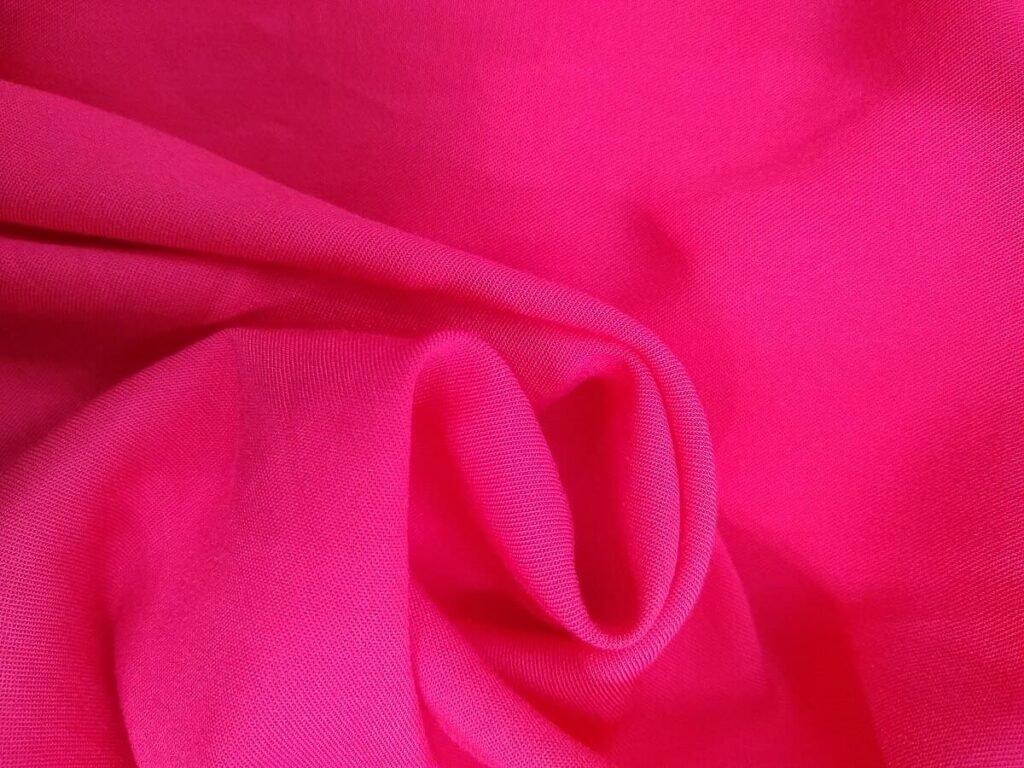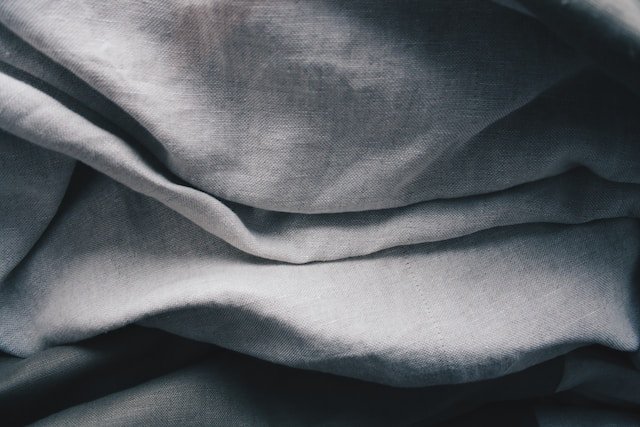
Introduction to Chenille
Chenille, a fabric with a velvety touch akin to a caterpillar’s fuzziness, has become a cherished addition to many homes. Its softness and intricate designs bring sophistication, but maintaining its allure requires a keen understanding of proper cleaning techniques. In this guide, tailored for those new to the world of fabric care, we’ll explore step by step how to clean chenille effectively, ensuring your cherished pieces remain fresh and vibrant.
What is Chenille Fabric?
Picture this: your sofa adorned with plush throws and decorative pillows, all crafted from chenille. But what exactly is chenille? Derived from the French word for caterpillar, this fabric boasts tiny, velvety yarns that create a luxurious texture. Its versatility extends to various home decor applications, making it a popular choice for upholstery and other soft furnishings. Its warmth and visual appeal make it a favorite for throws, cushions, couches, and even stylish apparel, marrying functionality with fashion.
Identifying Cleaning Codes
Now, let’s talk about the mysterious symbols on your chenille’s care label. These symbols hold the key to proper cleaning. They guide you on whether to dry clean, machine wash, or use alternative methods. Deciphering these codes is like having a secret manual for keeping your chenille in top-notch condition. Take a moment to decode them, and you’ll be on your way to becoming a chenille cleaning maestro.
W – Wet Cleaning (Water): This symbol indicates that the chenille fabric can be cleaned using water. You can typically machine wash or hand wash the item, following the instructions for water temperature and detergent use.
S – Dry Cleaning (Solvent): The “S” symbol signifies that the chenille item should be dry cleaned using a solvent-based solution. Avoid water-based cleaning methods for items with this symbol.
W/S – Wet Cleaning or Dry Cleaning (Water or Solvent): This combination symbol means that the chenille fabric can be cleaned using either water or a solvent-based solution. The choice between wet cleaning and dry cleaning depends on your preference and the specific care instructions provided.
X – Dry Vacuuming or Brushing Only: The “X” symbol indicates that the chenille fabric should not be cleaned with water or solvents. Instead, use methods such as dry vacuuming or brushing to remove dust and debris.
Pre-Cleaning Preperations
Before diving into the cleaning process, arm yourself with the essentials. Imagine it as preparing for a gentle battle against dust and stains. Grab a soft-bristle brush, a mild detergent, and a clean white cloth – your trusty weapons. But hold on! Before you embark on the cleaning adventure, test a small, inconspicuous area first. Think of it as a sneak peek to ensure the fabric doesn’t react unexpectedly.
How to Clean Chenille
Dry Cleaning Chenille Fabric:
For a thorough chenille rejuvenation without the fear of shrinkage or color loss, consider the realm of dry cleaning. It might sound fancy, but fear not. Begin by gently brushing off surface dust, then follow the step-by-step guide provided in the fabric’s care codes. If this seems like venturing into uncharted territory, there’s always the option of handing over your treasured chenille to professional dry cleaning services for an expert touch.
Machine Washing Chenille Fabric:
Now, let’s say you’re looking for a quicker fix – enter the trusty washing machine. But hold your horses! Before you toss your chenille into the machine, there are rules to follow. Select a mild detergent, opt for a gentle cycle, and make it a cold water affair. Why? Because chenille fibers are delicate, and a gentle touch preserves their softness. Always consult those care codes for the specific dos and don’ts tailored to your piece.
Spot Cleaning and Stain Removal
Life happens, and so do spills on your beloved chenille. Fear not, for you can combat these stains like a seasoned warrior. Equip yourself with a mix of mild detergent and water, and gently blot away the stain. Ink? Wine? No problem. Delve into the realm of DIY stain removal, where common household items can come to your rescue.
- Act promptly by gently blotting the stained area with a clean, white cloth, absorbing excess liquid without rubbing to prevent further damage.
- Identify the specific stain, recognizing that ink and red wine, for instance, require tailored approaches:
For ink stains, use rubbing alcohol on a cotton ball, dabbing and then rinsing with cold water. Tackle red wine stains by sprinkling salt to absorb the spill, followed by rinsing and applying a mixture of hydrogen peroxide and mild detergent. For general stains, concoct a DIY potion by mixing a teaspoon of mild detergent with cold water, applying it to the stain with a sponge or cloth. - Employ a gentle blotting motion, lifting the stain upward rather than spreading it.
- Rinse the treated area with cold water, removing any residual cleaning solution, and pat the fabric dry with a clean, absorbent cloth.
- In cases of persistent stains, consider professional cleaning services for their expertise in handling even the most stubborn blemishes. Mastering these stain-removal techniques ensures your chenille remains a pristine canvas, resilient in the face of life’s little mishaps.
Importance of Timely Stain Removal
In the delicate dance of fabric maintenance, timing is everything. Promptly addressing stains prevents them from settling into the fabric, ensuring the longevity of your cherished chenille pieces. Be sure to remove any stain on your fabric as soon as possible.
Air Drying vs Tumble Drying
Now that your chenille is clean, it’s time to think about drying. Should you let it air dry or throw it into the tumble dryer? Imagine this decision-making process as choosing between patience and speed. Air drying takes time, but it minimizes the risk of shrinkage. On the other hand, tumble drying is faster but requires a gentle touch – think low heat settings. Choose wisely, and your chenille will emerge from the drying process unscathed.
Maintaining Chenille Over Time
Congratulations! Your chenille is now fresh and clean. But to keep it that way, a little maintenance goes a long way. Visualize this as a routine workout for your chenille pieces. Regular vacuuming with a soft brush attachment prevents dust buildup, while the occasional rotation of cushions ensures even wear. Think of it as the equivalent of a spa day for your cherished chenille items.
As we conclude our journey into the realm of chenille care, remember these pearls of wisdom. Now that you know how to clean chenille fabric, recap the essential tips gleaned from this comprehensive guide, and let them be your beacon in the realm of fabric care. With this newfound knowledge and a touch of tender loving care, your chenille pieces will continue to adorn your living spaces, exuding elegance and grace. Happy cleaning!



